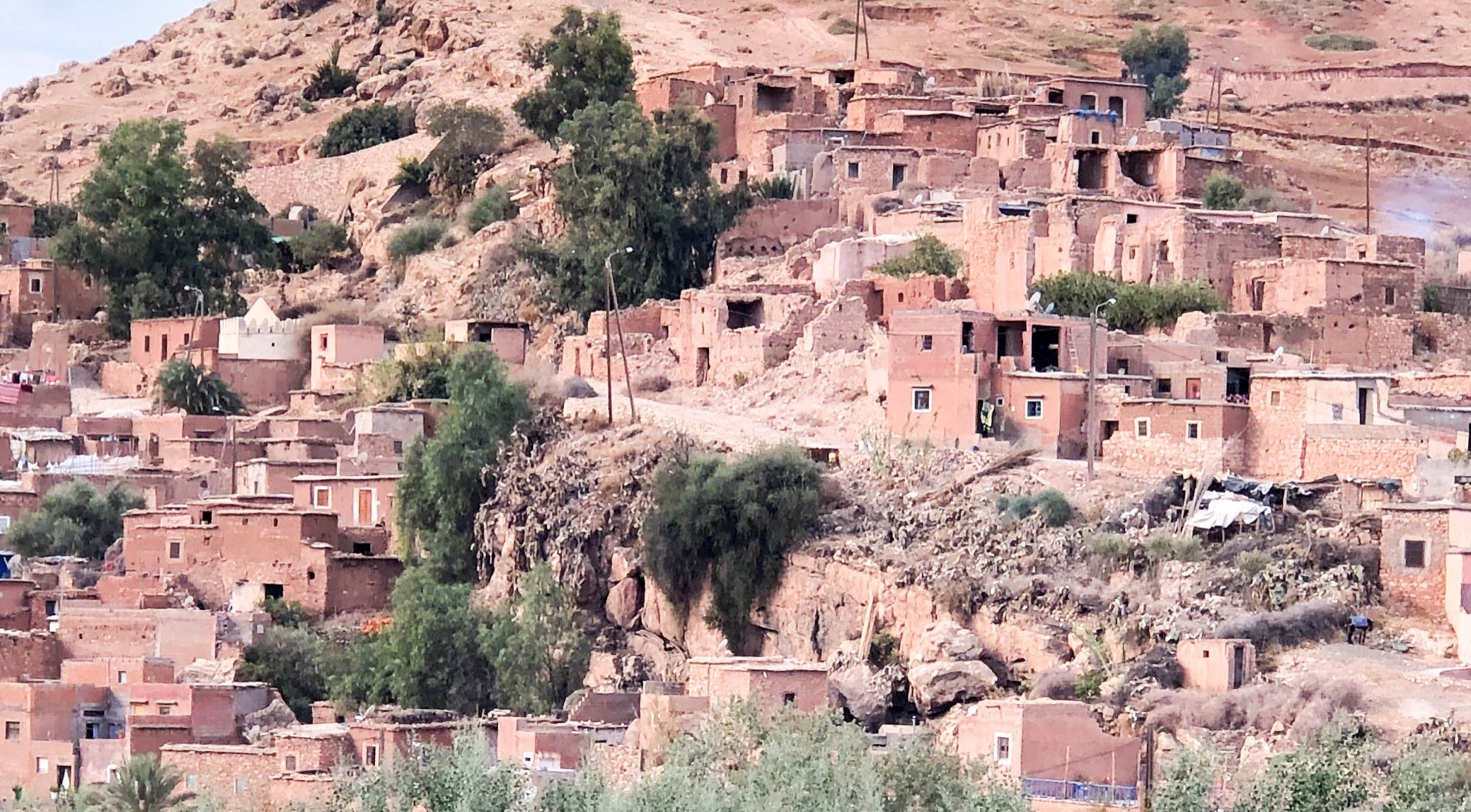The process of making argan oil begins with the fruits which are laid out in the sun to dry. Then the nuts must be removed from the flesh of the fruit. The flesh is then used as animal food.
The nuts must be cracked and the seeds removed. Attempts to mechanize this process have not been successful thus far, so workers must do this by hand. If the oil is to be used as a food oil, then the seeds are roasted and then workers will use a grinding stone to create a liquidy mush which after settling for a couple of weeks is filtered, bottled and sold for culinary use. Any leftover solid mush, which is very rich in protein, is rolled into a ball and set aside for use as cattle food.
The process is the same for argan oil that will be used in cosmetics, with the exception of the roasting.



























































